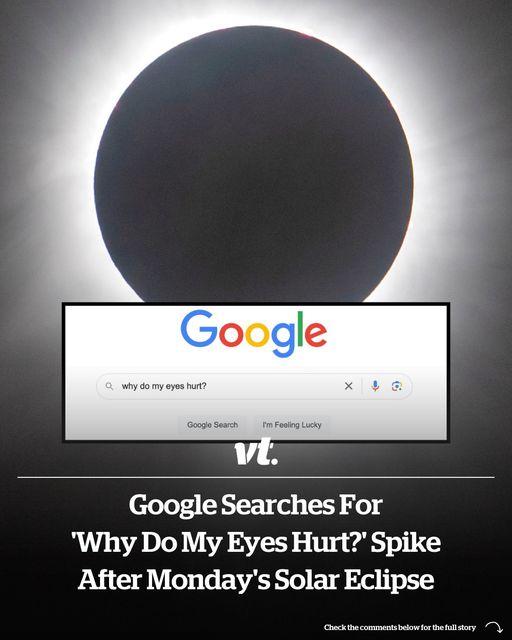The mesmerizing journey of the total solar eclipse across Mexico, the United States, and Canada reached its conclusion over continental North America on Monday, leaving millions of people in awe.
Those situated along the center line of the path of totality were treated to a spectacle lasting between 3½ and 4 minutes, as reported by NASA.
Approximately 32 million people in the United States reside within the path of totality, experiencing the celestial event in states such as Texas, Oklahoma, Arkansas, Missouri, Illinois, Kentucky, Indiana, Ohio, Pennsylvania, New York, Vermont, New Hampshire, and Maine.
And although many of us were eager to witness the solar spectacle, the eclipse obviously came with many serious warnings (which I feel were repeated A LOT prior to the event).

The total solar eclipse lasted 2 hours and 38 minutes. The Washington Post / Getty
To observe the eclipse safely, it was crucial to equip oneself with certified eclipse glasses or a solar viewer.
As reported by CNN, staring at the sun without the protective filter of these glasses or viewers carries the risk of permanent eye damage known as solar retinopathy, which cannot be treated.
However, despite the widely reported health warnings about not staring at the sun, it appears that some people may have done just that.
Following Monday’s dazzling sky display, Google searches for ‘Why do my eyes hurt?’ and ‘my eyes hurt’ spiked massively, as you can see from the Google Trends graphs below:

The search terms spiked following Monday’s eclipse. Credit: Google Trends

Searches peaked on Monday evening and have continued to be widely searched for. Credit: Google Trends
These particular search terms have also been related to queries directly associated with Monday’s eclipse, such as “Why do my eyes hurt after looking at the eclipse?” and “I looked at the eclipse and my eyes hurt”.

The eclipse was frequently mentioned along with ‘my eyes hurt’. Credit: Google Trends
Ronald Benner, an optometrist and president of the American Optometric Association, advised seeking medical attention immediately if any symptoms or eye discomfort arise.
“For most people, it’s an alteration of color vision,” Benner told CNN. “The next morning, colors just don’t look right, or it may be bleached out or just kind of hazy all the time. For others, it may be that they actually have holes in their vision.”
Alaskans will have the opportunity to witness a total solar eclipse on March 30, 2033, while a partial solar eclipse will be visible across most of the US during that event.
The next total solar eclipse visible from the contiguous US won’t occur until August 22, 2044, with totality limited to North Dakota and Montana, along with parts of northern Canada.
